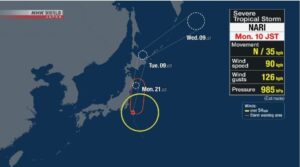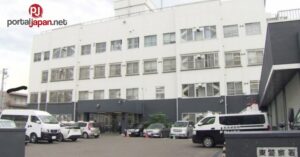Known for its vibrant services sector, the Philippines has what it takes to become Southeast Asia’s production hub once the regional integration kicks in by the end of the year, a new report said.
“Investors can view the Philippines as a gateway to the rest of the region as well as to Asean’s six free trade partners in East Asia,” the report titled “Moving Across Borders: The Philippines and the Asean Economic Community” said.
The 78-page report, released Monday by auditing firm KPMG R.G. Manabat & Co., discussed the country’s prospects on the looming integration of the 10-member Association of Southeast Asian Nations (Asean).
On the positive side, the country’s young demographics could work on its favor as it lures back factories that will leave China and go to Asean for opportunities.
Filipinos are among the youngest in the Asean, the report said, pointing out that productivity is highly determined by the presence of a large working force to man factories.
“The English proficiency of Filipino workers is another advantage of the Philippines in the region,” it said.
According to the report, average price per square meters of $3,156 locally is lower than Thailand’s $3,638 and Singapore’s $15,251. It is however higher than Cambodia ($2,913), Malaysia ($2,873) and Indonesia ($2,692).
Foreign manufacturing investments to Asean totaled $41 billion in 2013, up 127.7 percent from $18 billion the previous year. In the Philippines, foreign direct investments (FDI) rose by a fifth to $4 billion during the period.
By sector, the country cornered bulk of manufacturing FDI in the “lower quality, lower cost” auto equipment and components as well as food, beverage and tobacco.
“The challenge now is to move up to the higher quality and lower cost category,” the report said.
Other challenges also persist. In a forum marking the report’s launch, corporate officials highlighted avenues for improvement for the Philippines.
Source and image: Philstar
















Join the Conversation